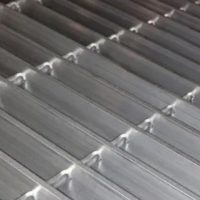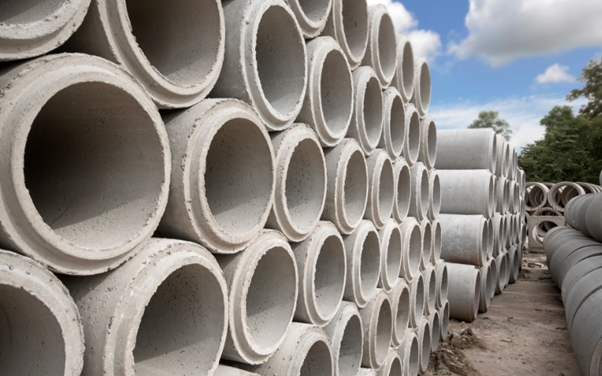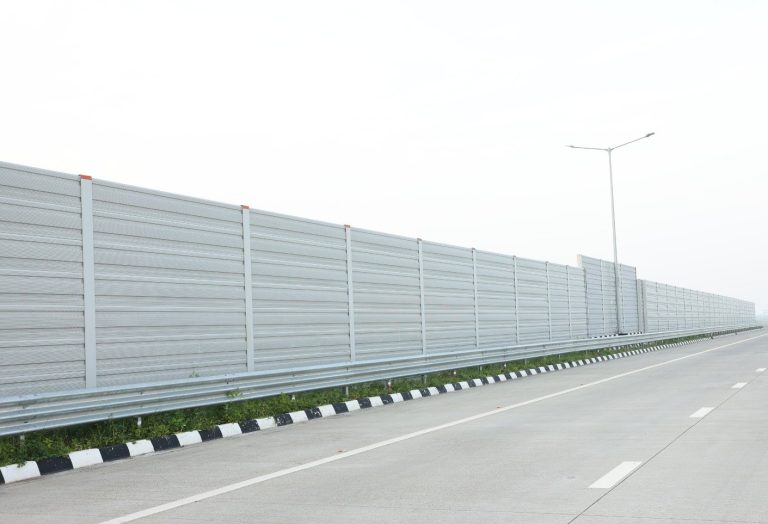As the industrial landscape evolves, so too do the materials used in construction and infrastructure development. Traditional timber gratings, once considered a staple in such projects, have begun to face stiff competition from an up-and-coming alternative: aluminum and steel gratings. In this article, we will explore the many advantages that aluminum and steel gratings hold over timber and why they might just be the superior option for your next project.
Robustness and Durability
One of the standout benefits of aluminum gratings is their remarkable durability. Unlike timber, aluminum and steel gratings do not warp, rot, or degrade over time due to elements such as moisture, insects, and sunlight. Additionally, the high tensile strength of steel and aluminum means that they can support significantly more weight without bending or buckling compared to their timber counterparts.
Low Maintenance
Maintaining timber gratings can be a time-consuming and costly process, involving regular treatments with sealants, paints, and fungicides to prevent decay and deterioration. In contrast, aluminum and steel gratings require very little maintenance once installed. Aluminum is naturally resistant to rust, while the option of galvanized steel protects against corrosion. As a result, lifespan and overall performance can be significantly extended with minimal interventions. It is essential to make informed considerations when choosing an aluminum grade to ensure optimal results.
Safety Features
Safety is a crucial concern in any construction or industrial project and is another area where aluminum and steel gratings outshine timber. Due to their innate strength and resistance to corrosion, they provide a stable and secure surface, reducing the risk of accidents or injuries. Additionally, they can be equipped with anti-slip coatings or serrated surfaces to further enhance safety in wet or slippery conditions.
Environmental Impact
The environmental impact of aluminum or steel gratings cannot be overlooked. As a highly recyclable material, aluminum can be reused indefinitely without loss of quality. This helps conserve natural resources and reduce waste, with recycling using a mere fraction of the energy needed for the primary production of aluminum. Similarly, steel is also environmentally friendly as it can be continuously recycled without compromising its properties.
Customization Options
Aluminum and steel gratings offer a wealth of design possibilities, allowing for greater customization to suit individual project requirements. From bar spacing and thickness to standard or bespoke shapes and sizes, these gratings can be tailored to your exact specifications. The freedom to choose finishing treatments, such as powder coating and anodizing, enables further personalization and ensures seamless integration with the surrounding aesthetics.
Conclusion
Aluminum and steel gratings possess a range of benefits that truly elevate them above traditional timber gratings. From their robust and durable nature to low maintenance requirements, excellent safety features, smaller environmental footprint, and customization potential, it’s no wonder that these versatile materials are quickly becoming the go-to choice for many construction and industrial applications. With all these advantages and more, it is worth considering the switch to aluminum and steel gratings for your next project.















